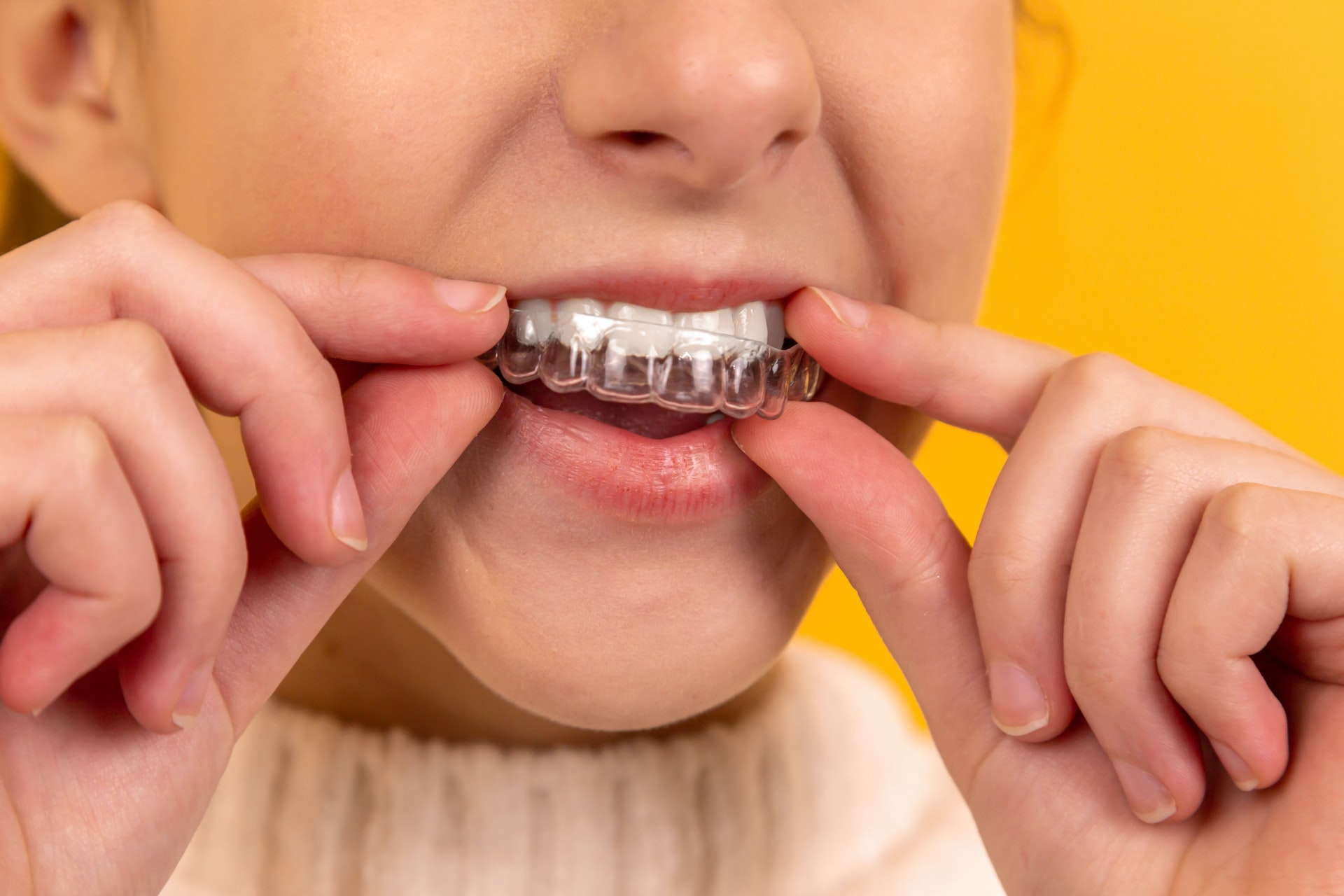Dental retainers from Impress – function and types
In this article you will find out everything you need to know about dental retainers and the types of retainers from Impress.
Retainers are fixation components that are used after orthodontic treatment is completed to prevent teeth from moving back into unwanted positions.
Traditionally, retention was not given the importance it is given today, as it is now considered just another phase of treatment. In fact, it is very common for orthodontists to re-treat patients who wore orthodontics years ago but who, due to the absence of retention elements, once again have poorly positioned teeth.
Either because the retention was not given sufficient importance at the time, or because the patient stopped using it at some point, the fact is that, without this type of appliance, orthodontic treatment loses effectiveness over time.
Types of orthodontic retainers
As mentioned above, in order to consolidate the patient’s orthodontics, orthodontic retainers will help us to ensure that dental movements do not occur or, if they do occur, that they are minimal and imperceptible. To do this, in the final phase of treatment, the user will wear fixed orthodontic retainers or removable retainers throughout the day or only at night, depending on the case and the time.
There are two types of orthodontic retainers:
- Removable orthodontic retainers: Their action is intermittent as the patient can take them out and put them back in again.
- Fixed retainers: Their action is constant as the patient cannot remove them.
Fixed retainers
They are also known as lingual bars or splints. They are attached to the lingual part of the teeth. Their main benefit is that they work for 24 hours and the patient does not have to be attentive to putting them in and taking them out. This type of retainer is a great option for patients who tend to be absent-minded and do not keep a good routine. They are also suitable for adults who had a lot of lower crowding before treatment, or patients with tooth mobility due to a periodontal problem.
The disadvantage of these bars is that they favour the accumulation of plaque and tartar as the teeth are more difficult to clean. With the use of an electric toothbrush and the use of specific dental floss, optimal hygiene can be achieved without this problem being an inconvenience.
Removable dental retainers
The removable orthodontic retainers are designed by plastic. The orthodontic maintenance splint makes it easier to remove when eating, brushing your teeth or playing sports.
Impress retainer Essix
Among the removable retainers, the main one is called Essix. It is a transparent plastic splint that covers the teeth. It should be worn full time for the first few months, except for meals and brushing.
It is possible that over time, this type of retainer will show some sign of wear or perforation, so this type of retainer needs to be replaced every 6 to 9 months in order to maintain its effectiveness
Hawley removable retainer
Another removable retainer is called a “Hawley”. It is made of acrylic and has a front wire that helps keep the appliance and teeth in place.
It should also be worn full time (except for meals and brushing) for the first few months after completion of orthodontic treatment.
Finally, it is very important for the patient to understand that orthodontic retention systems must be remade from time to time as they either break, become dislodged or lose their retention ability. Given that the patient attends their orthodontic check-up every year, it will be the professional himself who will decide whether any improvement procedure should be carried out or whether everything is correct.
In any case, these types of repairs or replacements are simple and inexpensive for the patient and, nevertheless, have a great impact on the stability of the aesthetic and functional result of the treatment.

